Dilation Worksheets with Answers
Dilation worksheets provide a comprehensive way to practice and reinforce the understanding of dilations for middle and high school students who are learning about geometry and transformations. With these worksheets, students can delve into the concept of dilation and its effects on shapes, allowing them to gain a deeper understanding of this essential geometric concept. Whether you are a teacher looking for additional resources or a student seeking extra practice, these dilation worksheets offer an effective way to master the subject.
Table of Images 👆
More Other Worksheets
Kindergarten Worksheet My RoomSpanish Verb Worksheets
Cooking Vocabulary Worksheet
DNA Code Worksheet
Meiosis Worksheet Answer Key
Art Handouts and Worksheets
7 Elements of Art Worksheets
All Amendment Worksheet
Symmetry Art Worksheets
Daily Meal Planning Worksheet
What is dilation in geometry?
Dilation in geometry is a transformation that resizes an object without changing its shape. It involves stretching or shrinking the object by a fixed scale factor, either increasing or decreasing the size of the object while maintaining its proportions. Dilation is achieved by multiplying the coordinates of each point on the object by the scale factor to create an enlarged or reduced version of the original shape.
How is a dilation different from a translation or a rotation?
A dilation is different from a translation or a rotation because it involves changing the size of an object without altering its shape or orientation. In a dilation, the object is uniformly expanded or shrunk, whereas in a translation, the object is shifted from one place to another without changing its size or shape, and in a rotation, the object is turned around a fixed point. While translations and rotations involve moving objects in space, dilations focus on changing the scale of an object while keeping its shape and orientation intact.
What is the definition of a scale factor in dilation?
A scale factor in dilation is a constant multiplier that scales or enlarges/reduces the size of a figure by the same factor in all dimensions. It determines how much larger or smaller the image will be compared to the original figure.
How is the image of a dilated figure related to the pre-image?
The image of a dilated figure is related to the pre-image by a scalar factor known as the scale factor. This scale factor determines the relationship between the dimensions of the pre-image and the dimensions of the image after dilation. The image will be either enlarged or reduced in size from the pre-image depending on the value of the scale factor - if it is greater than 1, the image will be enlarged, and if it is between 0 and 1, the image will be reduced. The shape of the figure remains the same, with corresponding angles preserved, but all distances are multiplied by the scale factor to create the dilated image.
What happens to the size of a figure when it is dilated by a scale factor greater than 1?
When a figure is dilated by a scale factor greater than 1, the size of the figure increases. The new figure will be larger than the original figure as each point in the figure is expanded away from the center of dilation by the scale factor.
Can a figure be dilated by a scale factor less than 1?
Yes, a figure can be dilated by a scale factor that is less than 1. When a figure is dilated by a scale factor less than 1, the resulting image is smaller than the original figure. This type of dilation is a reduction, where all dimensions of the figure are proportionally decreased.
How is the center of dilation determined?
The center of dilation is determined as the fixed point from which all points are expanded or contracted in a dilation. It can be found by connecting corresponding points on a pre-image and its image after dilation, and the intersection of those lines will be the center of dilation. This point serves as the pivot around which the dilation occurs, with distances to the center determining the scale factor of the dilation.
What is the relationship between the center of dilation and the pre-image?
The center of dilation is the point from which all points of the pre-image are stretched or compressed to create the image. The closer a point is to the center of dilation, the smaller the dilation factor, while the farther away a point is from the center, the larger the dilation factor used to transform the point. Essentially, the center of dilation is the point that determines the degree and direction of the transformation that occurs on the pre-image to create the image.
How can dilation be represented using coordinate notation?
Dilation can be represented using coordinate notation by multiplying the coordinates of each point by the scale factor. For example, if the scale factor is k, then the coordinates (x, y) of a point would be dilated to (kx, ky). This means that each coordinate is multiplied by the scale factor to determine the new position of the point after dilation.
How can you determine the scale factor of a dilation given the coordinates of the pre-image and image?
To determine the scale factor of a dilation given the coordinates of the pre-image and image, you can calculate the distance between a point on the pre-image and the corresponding point on the image. Divide the distance of any point on the image to its corresponding point on the pre-image by the distance of the pre-image to its corresponding point on the pre-image. This ratio will give you the scale factor of the dilation.
Have something to share?
Who is Worksheeto?
At Worksheeto, we are committed to delivering an extensive and varied portfolio of superior quality worksheets, designed to address the educational demands of students, educators, and parents.

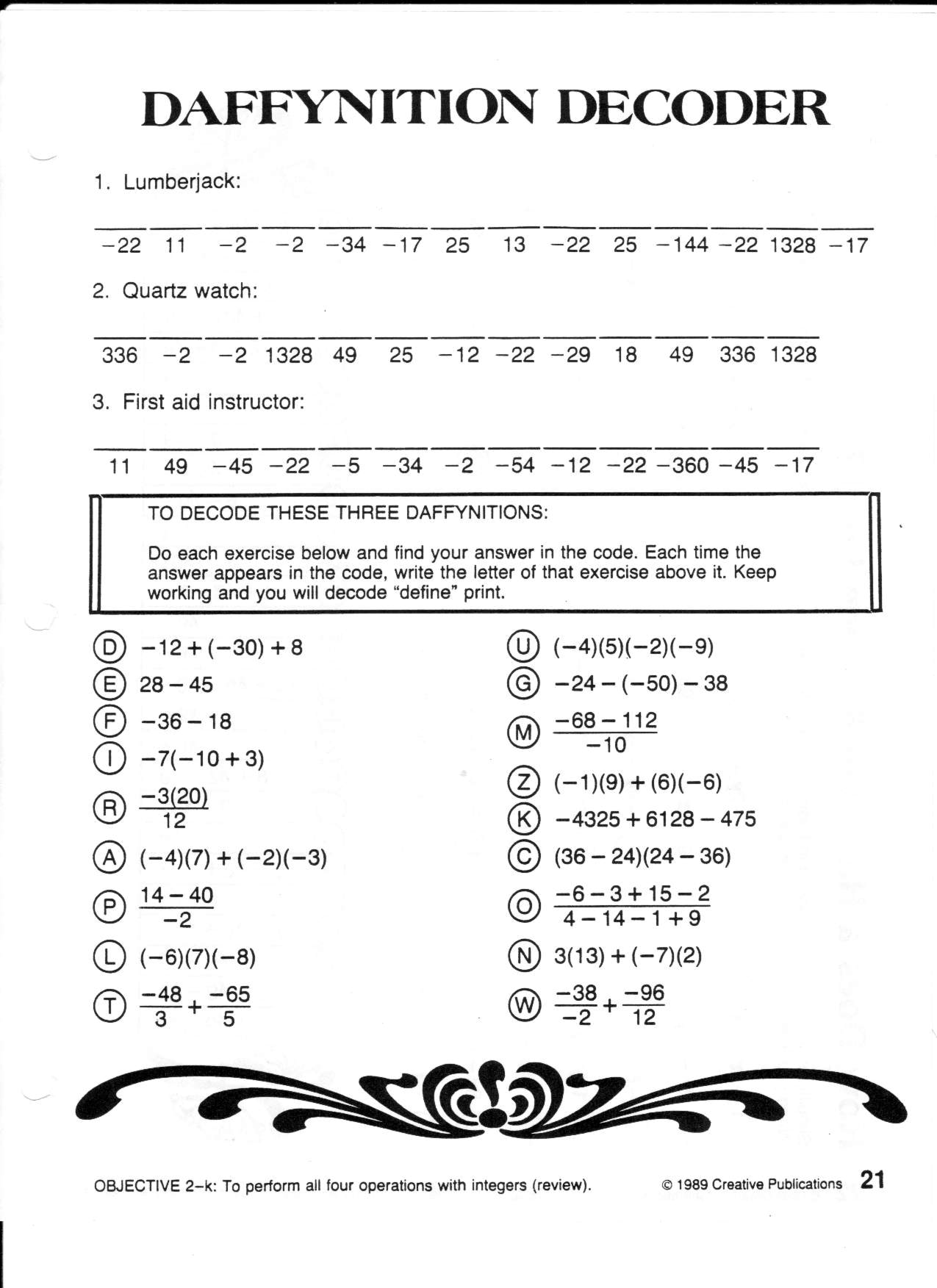



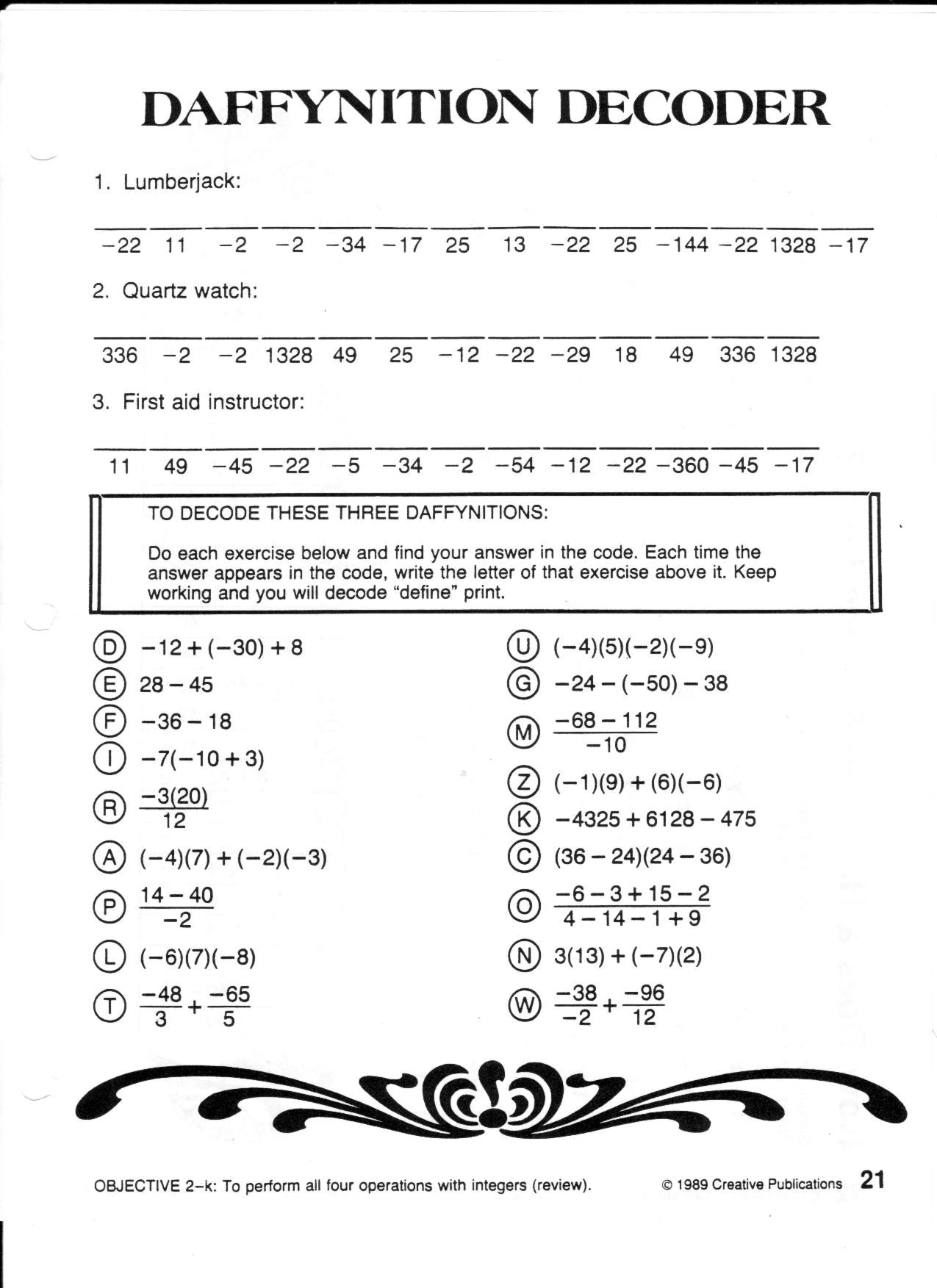
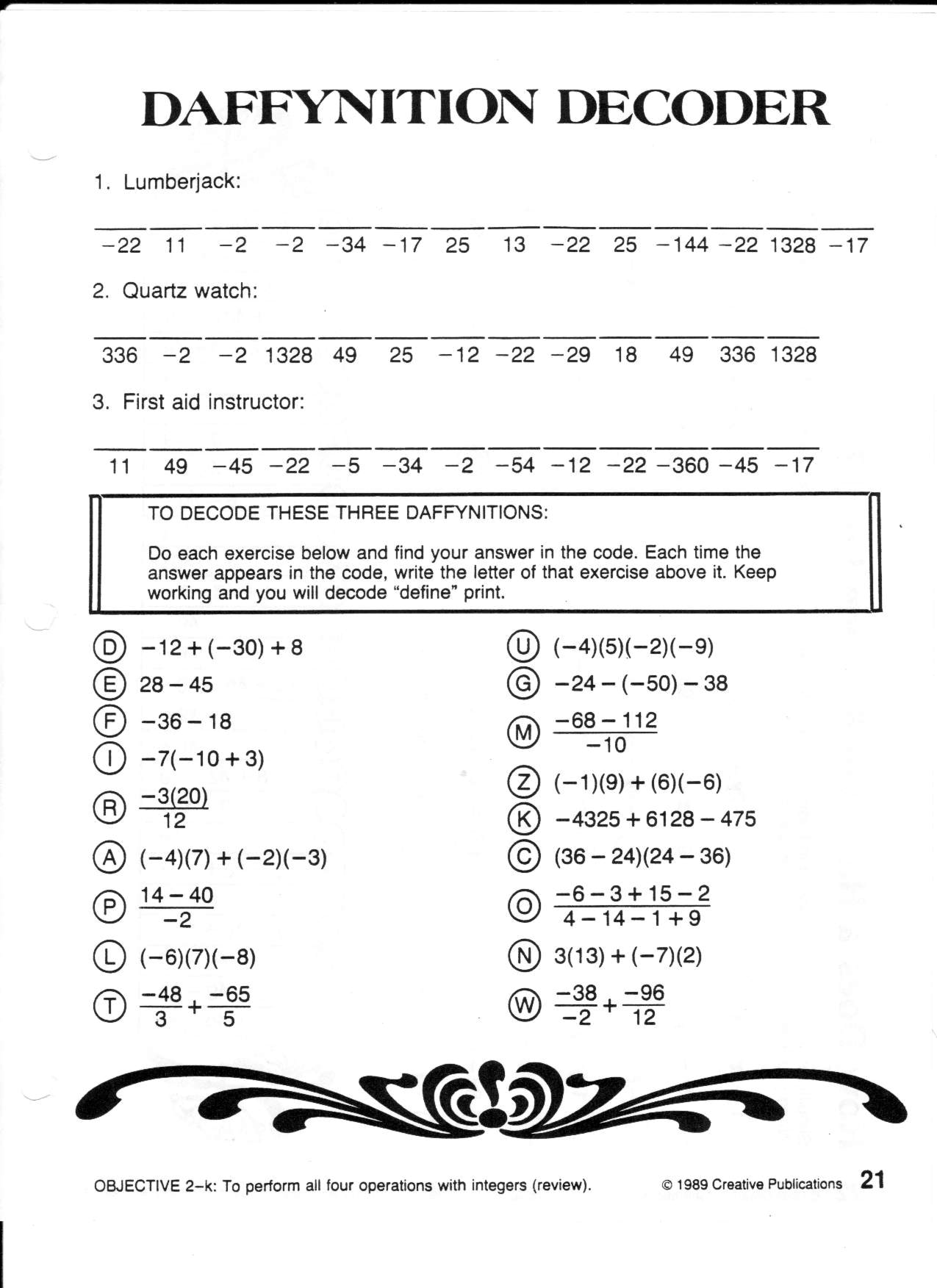
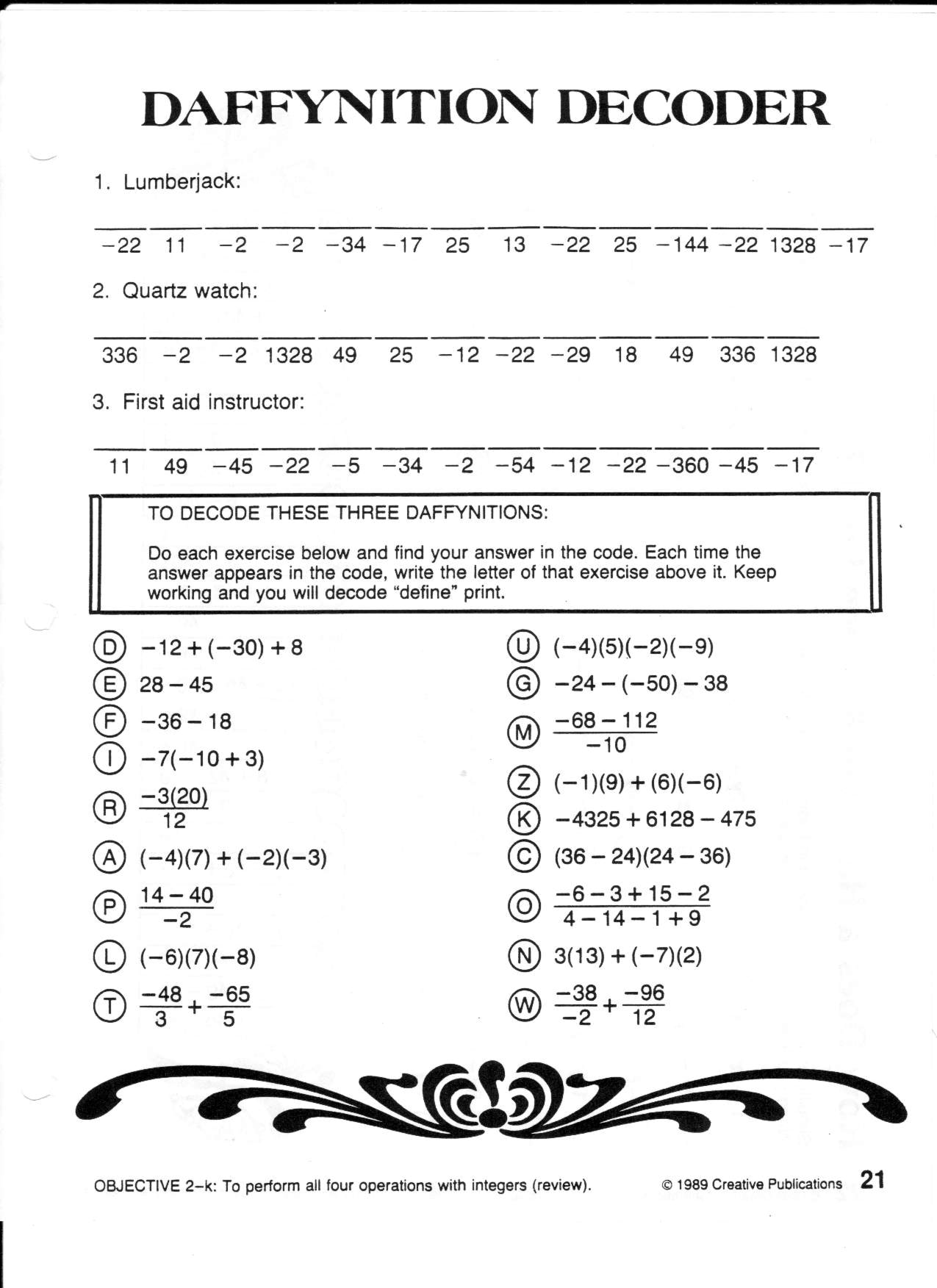
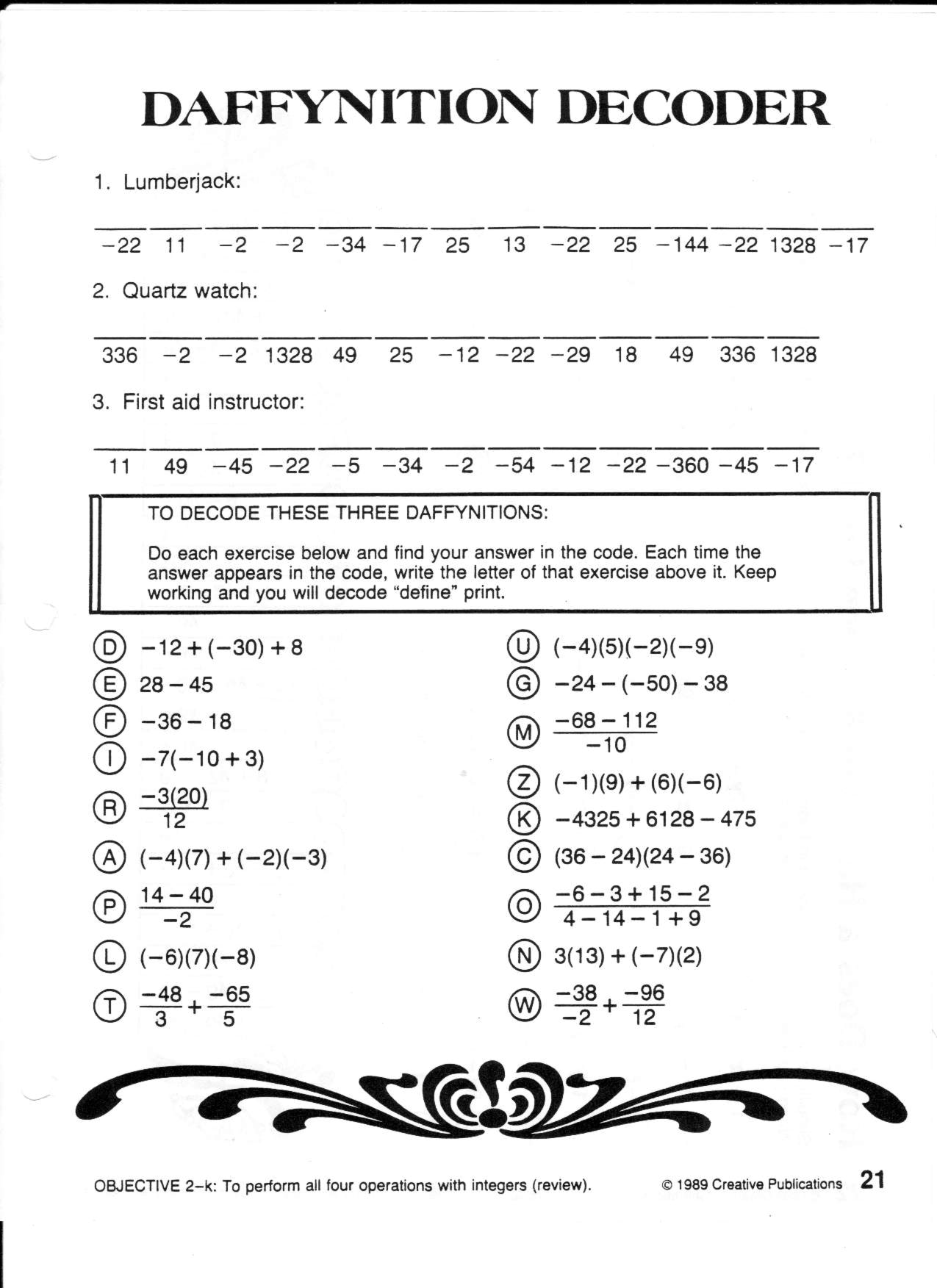
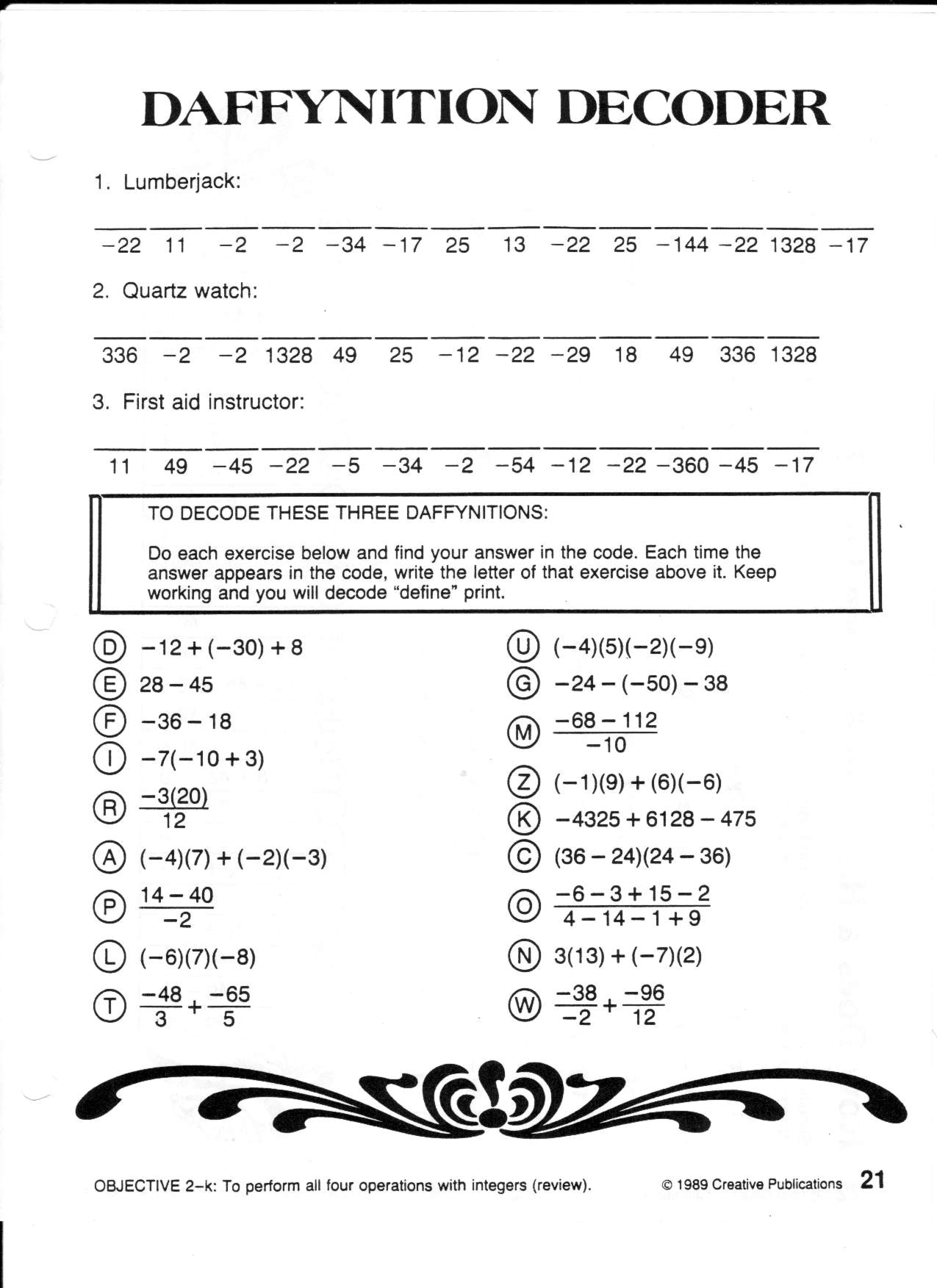

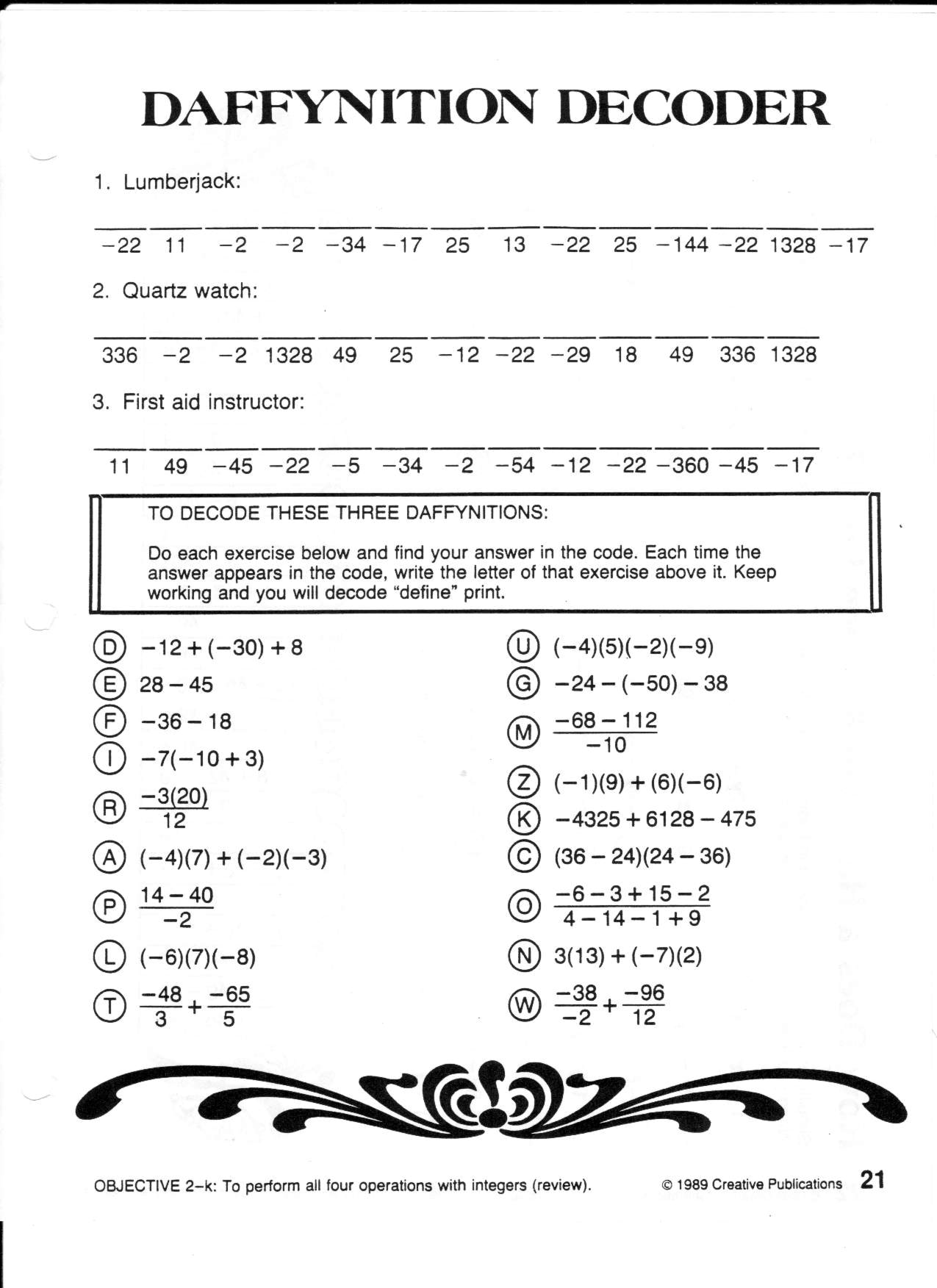
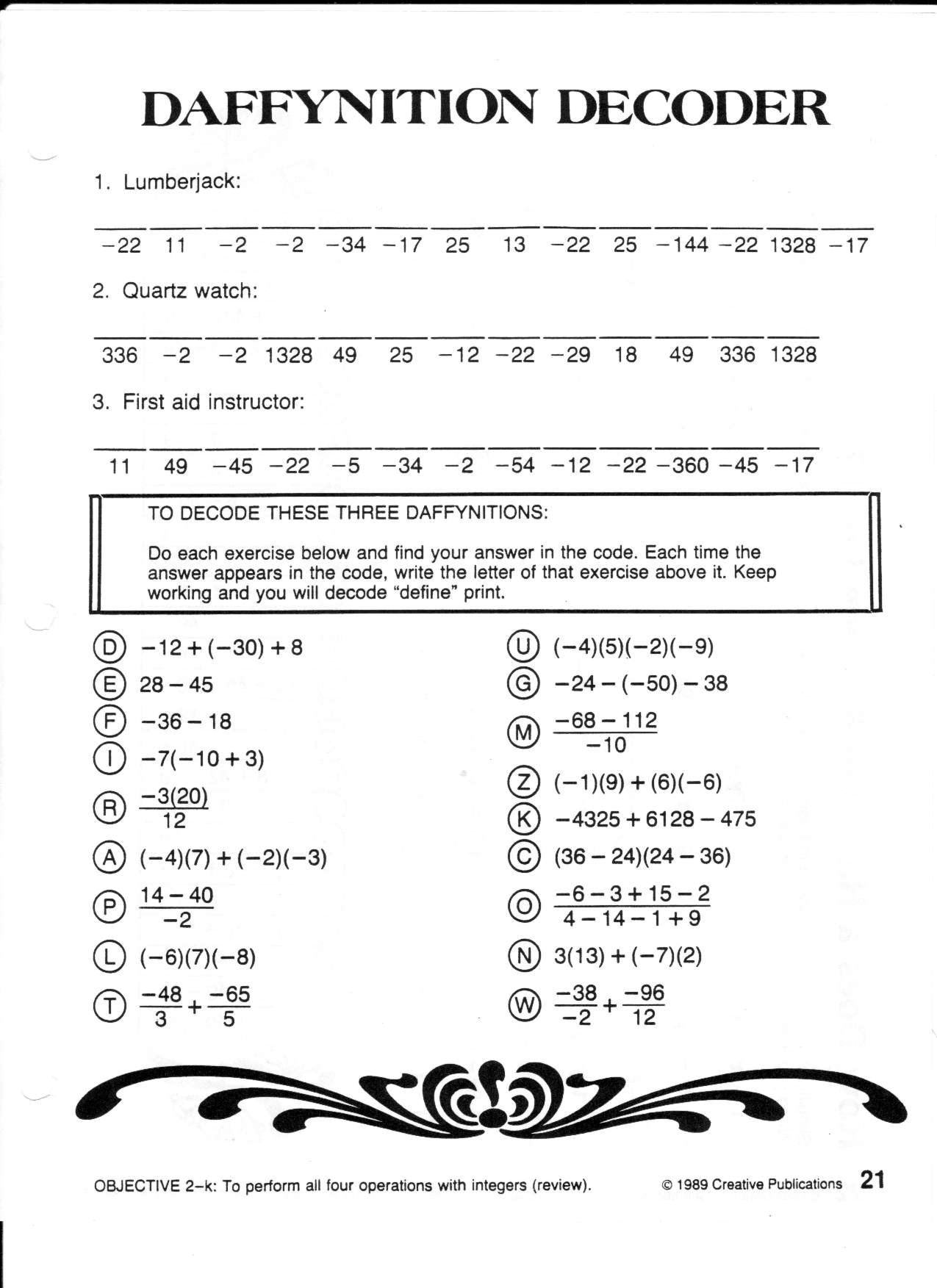
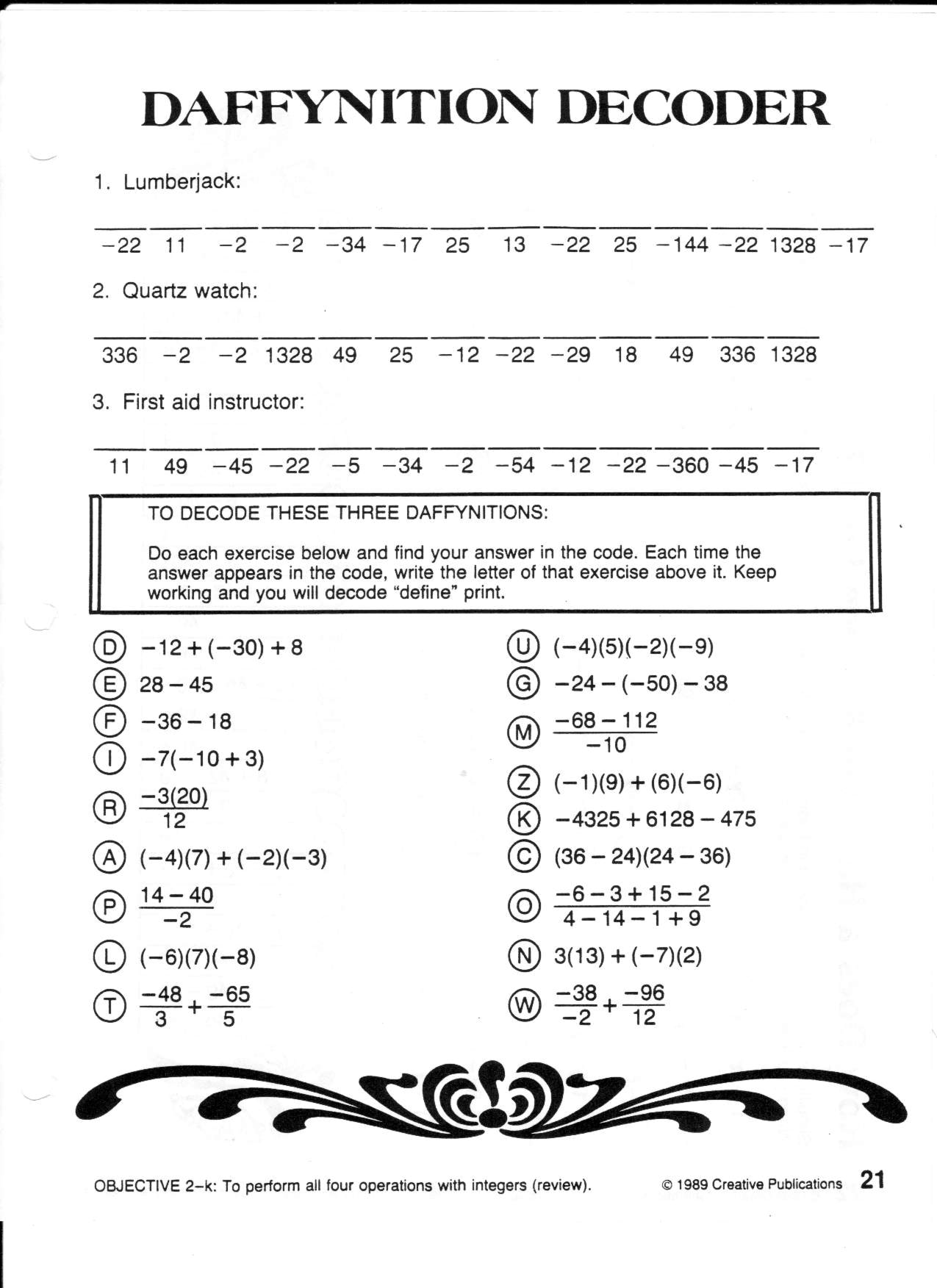
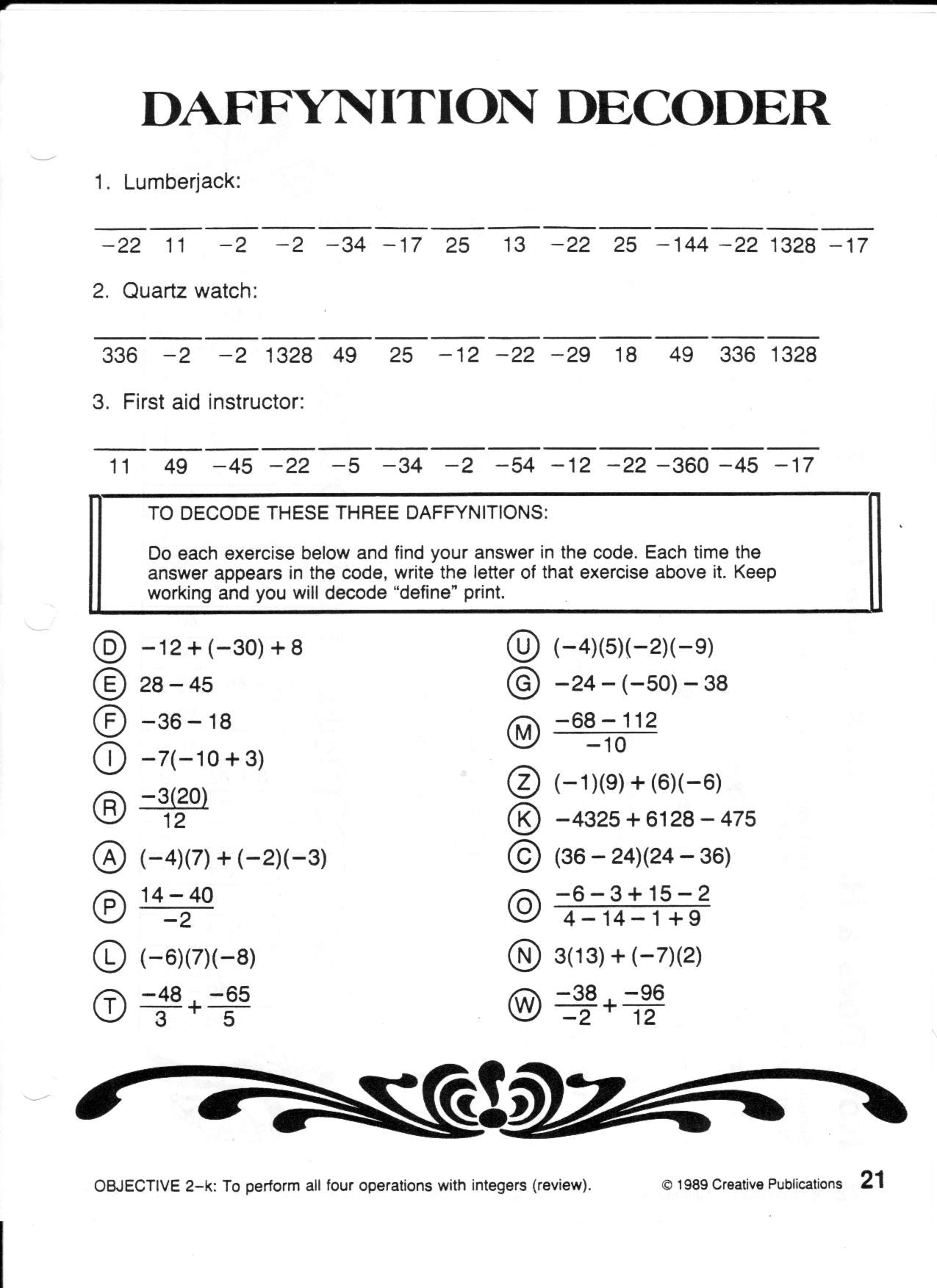
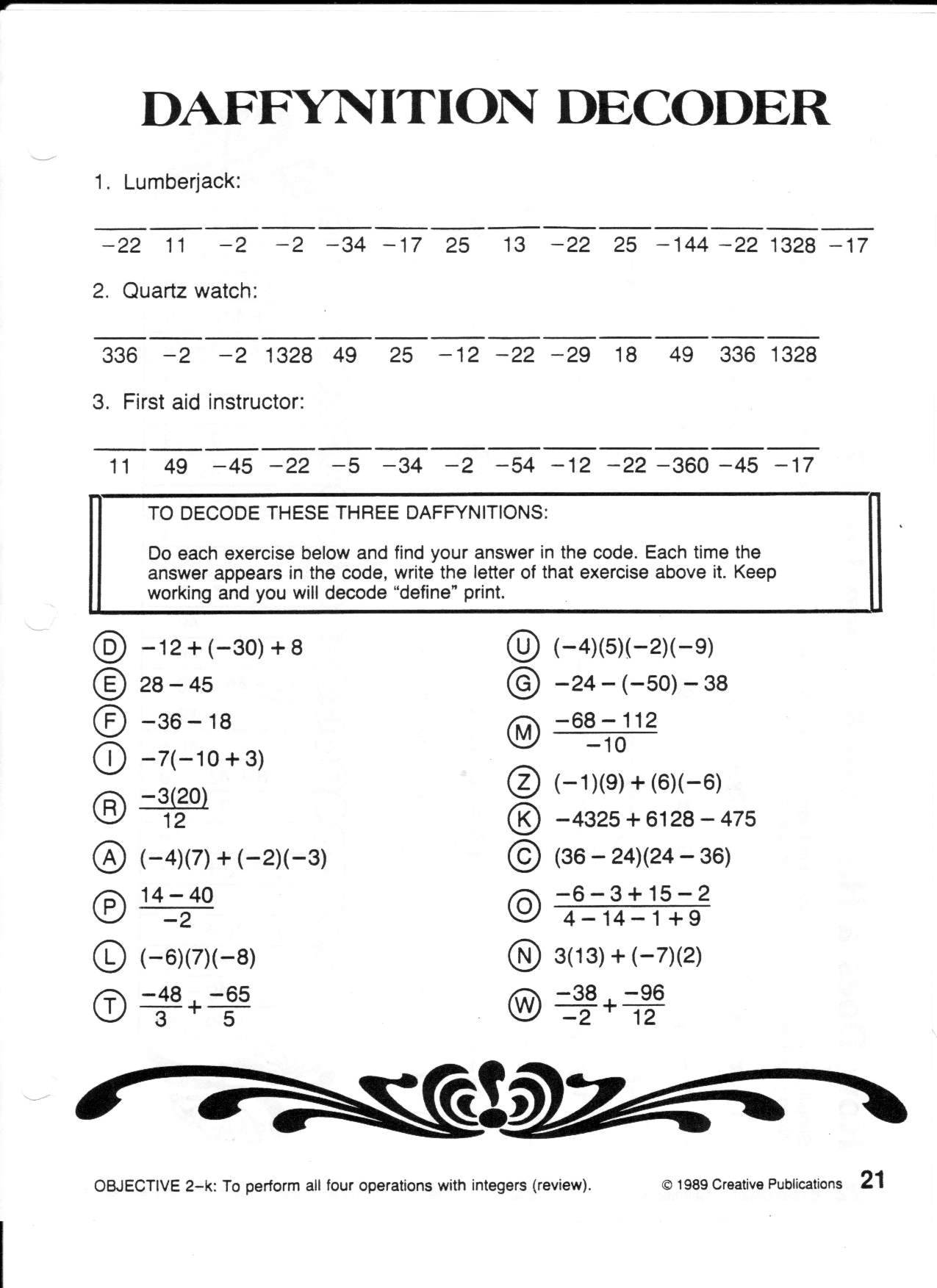
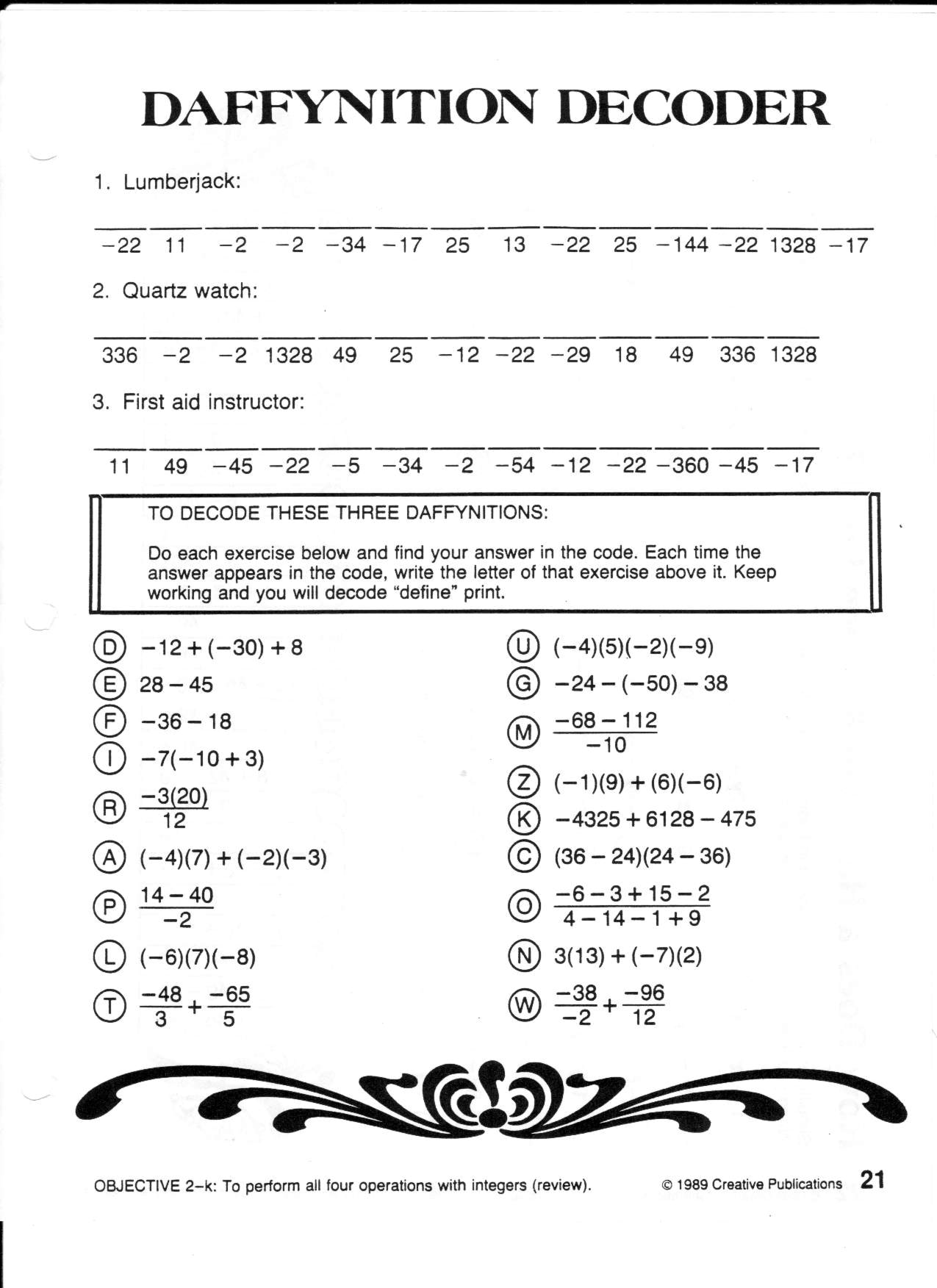
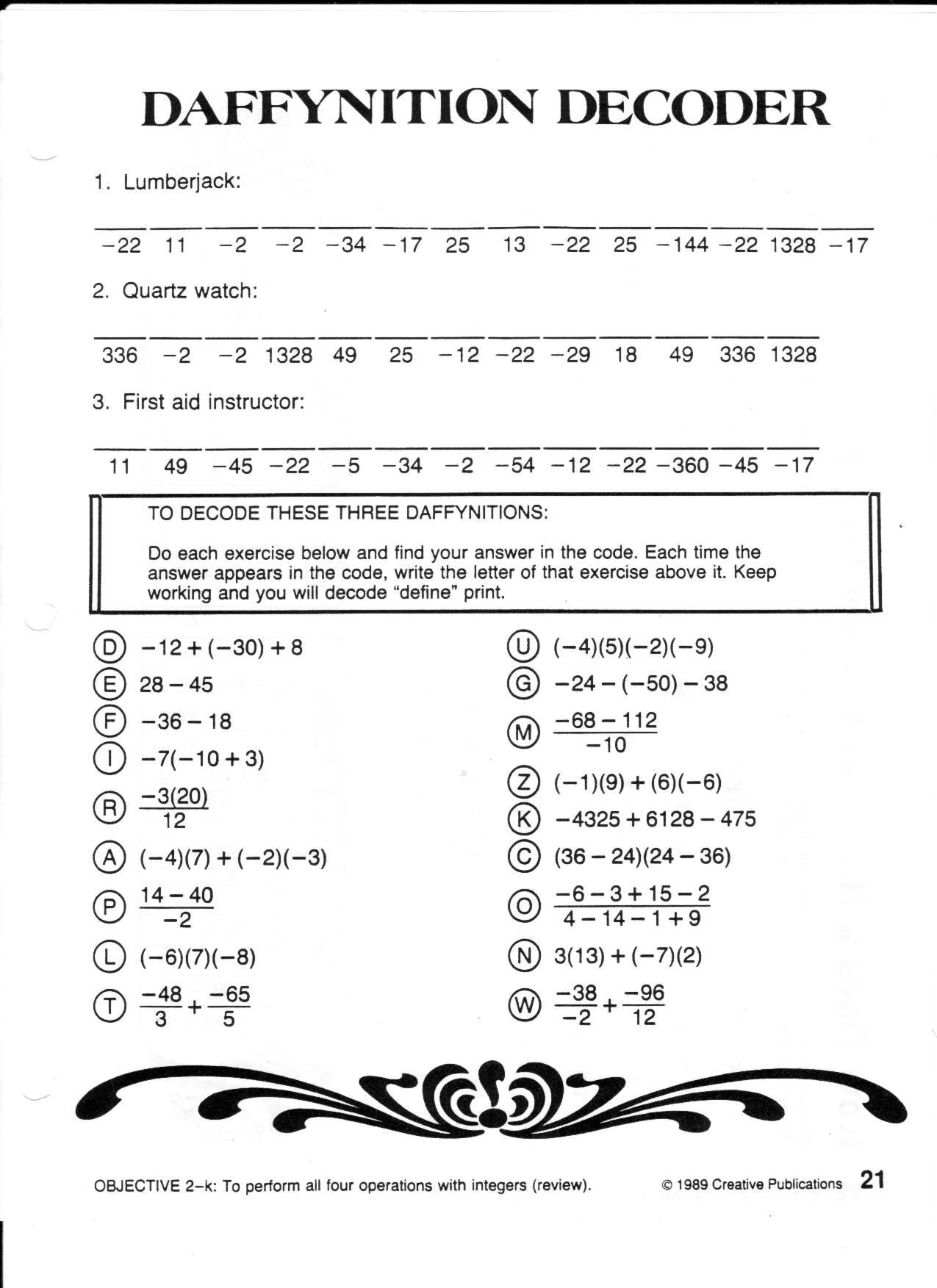
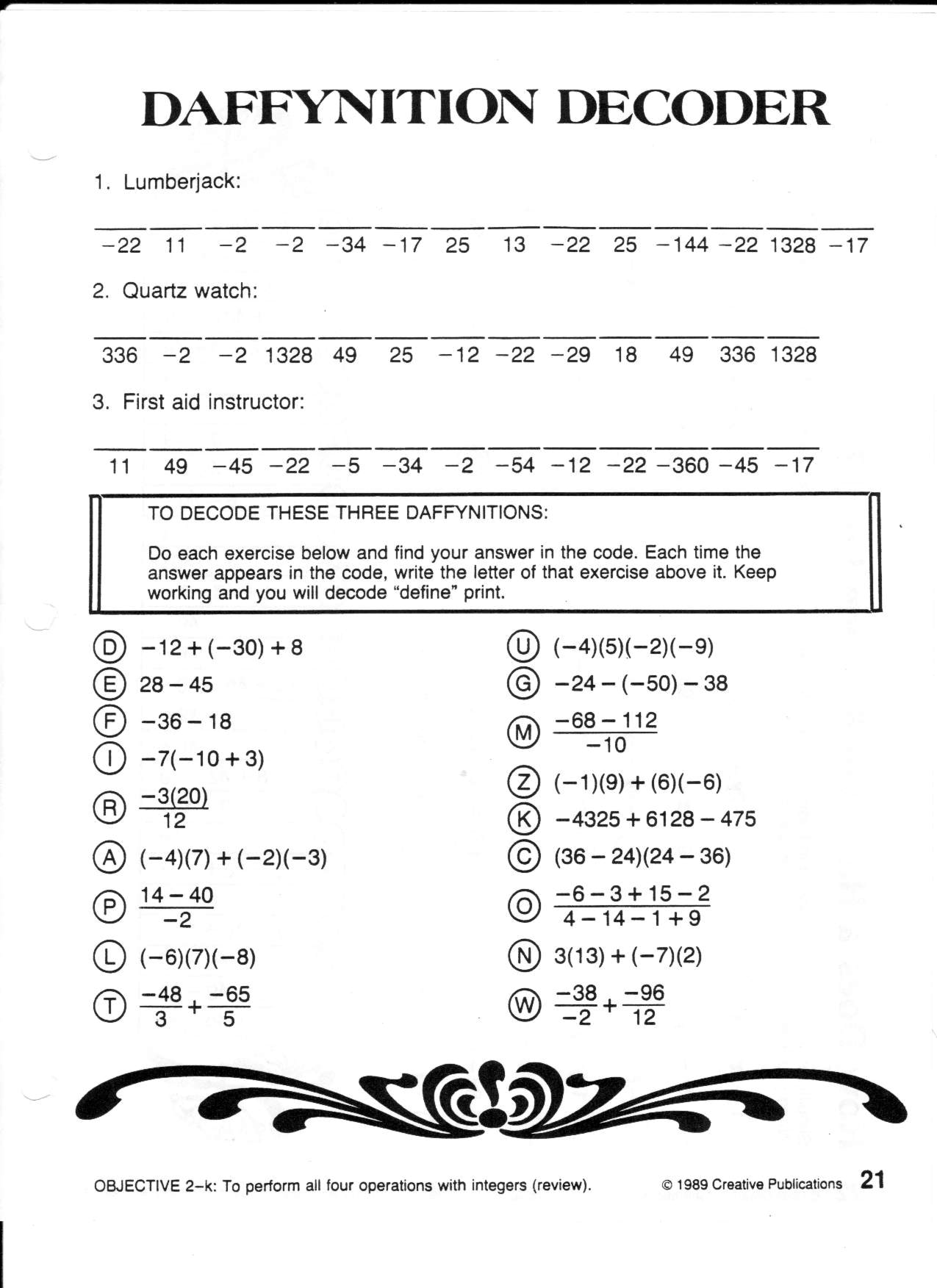
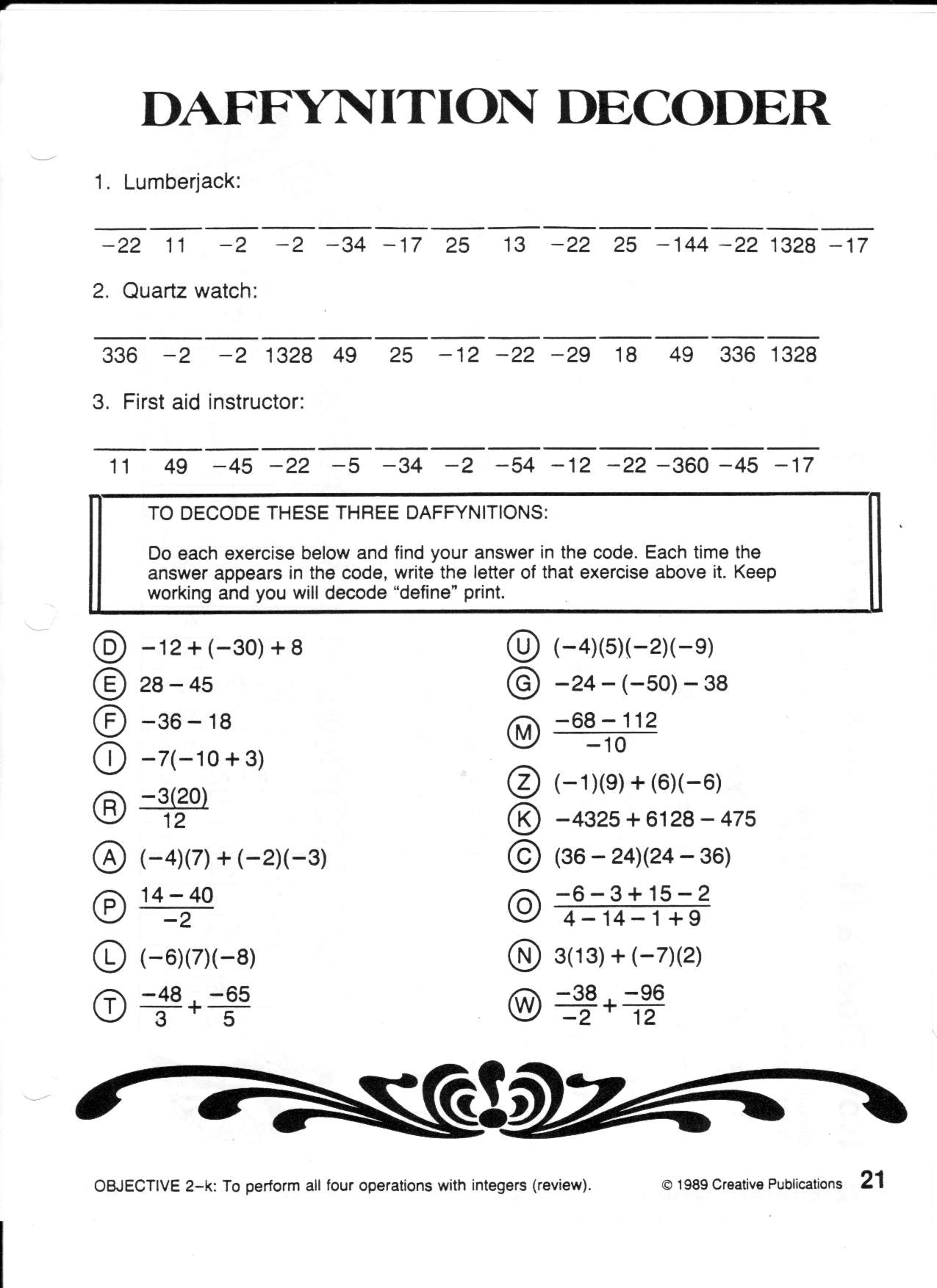
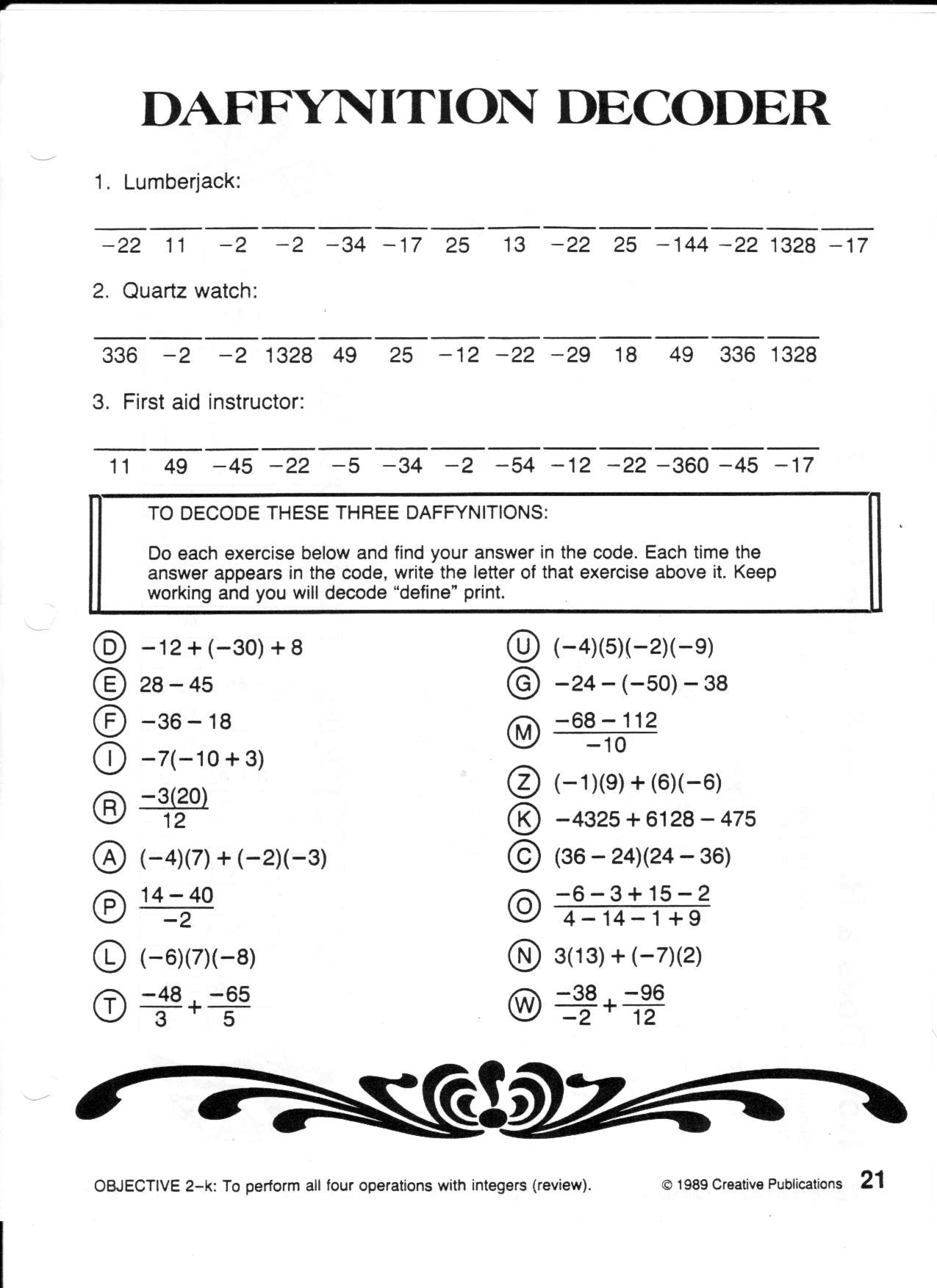
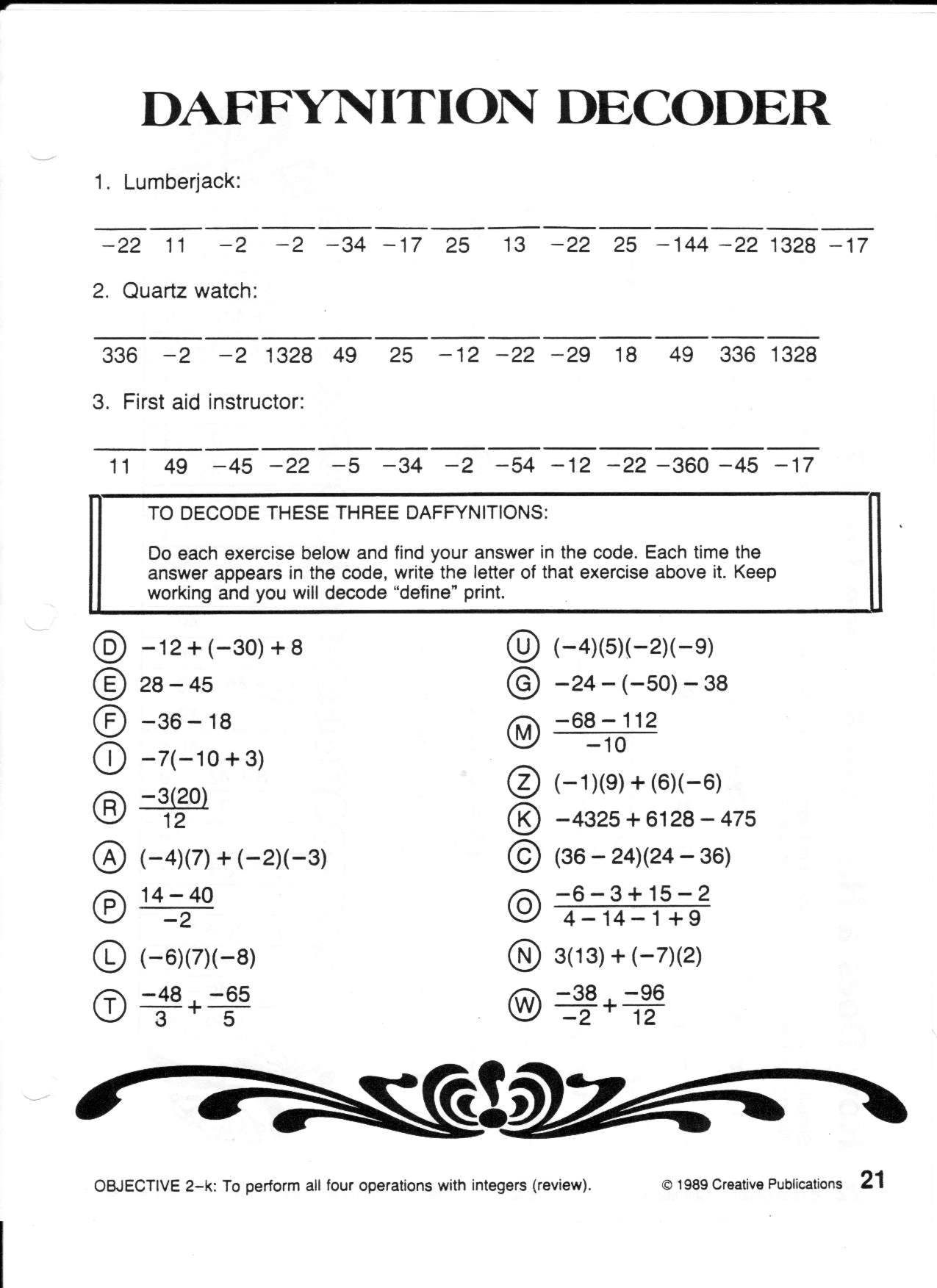
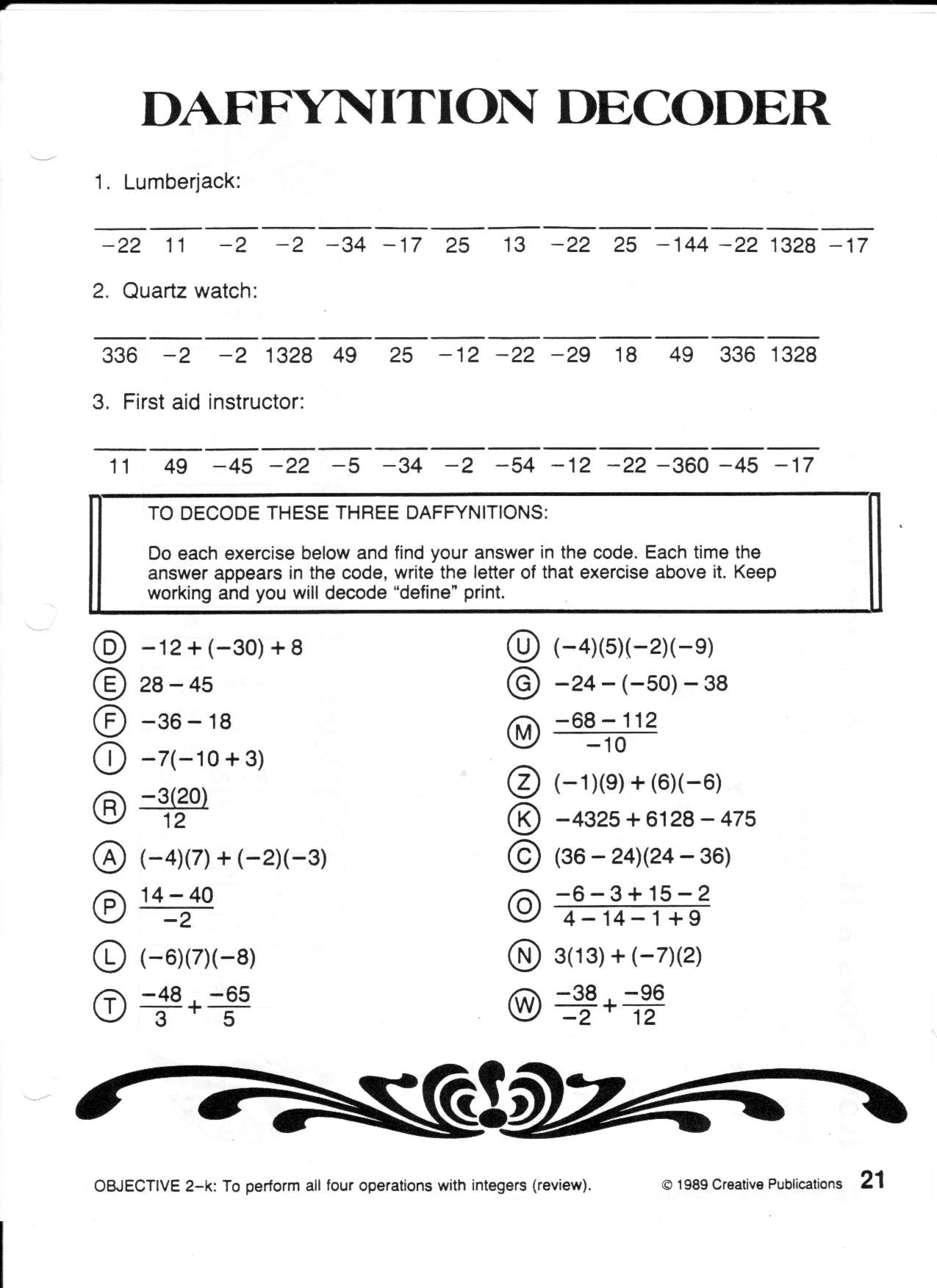














Comments